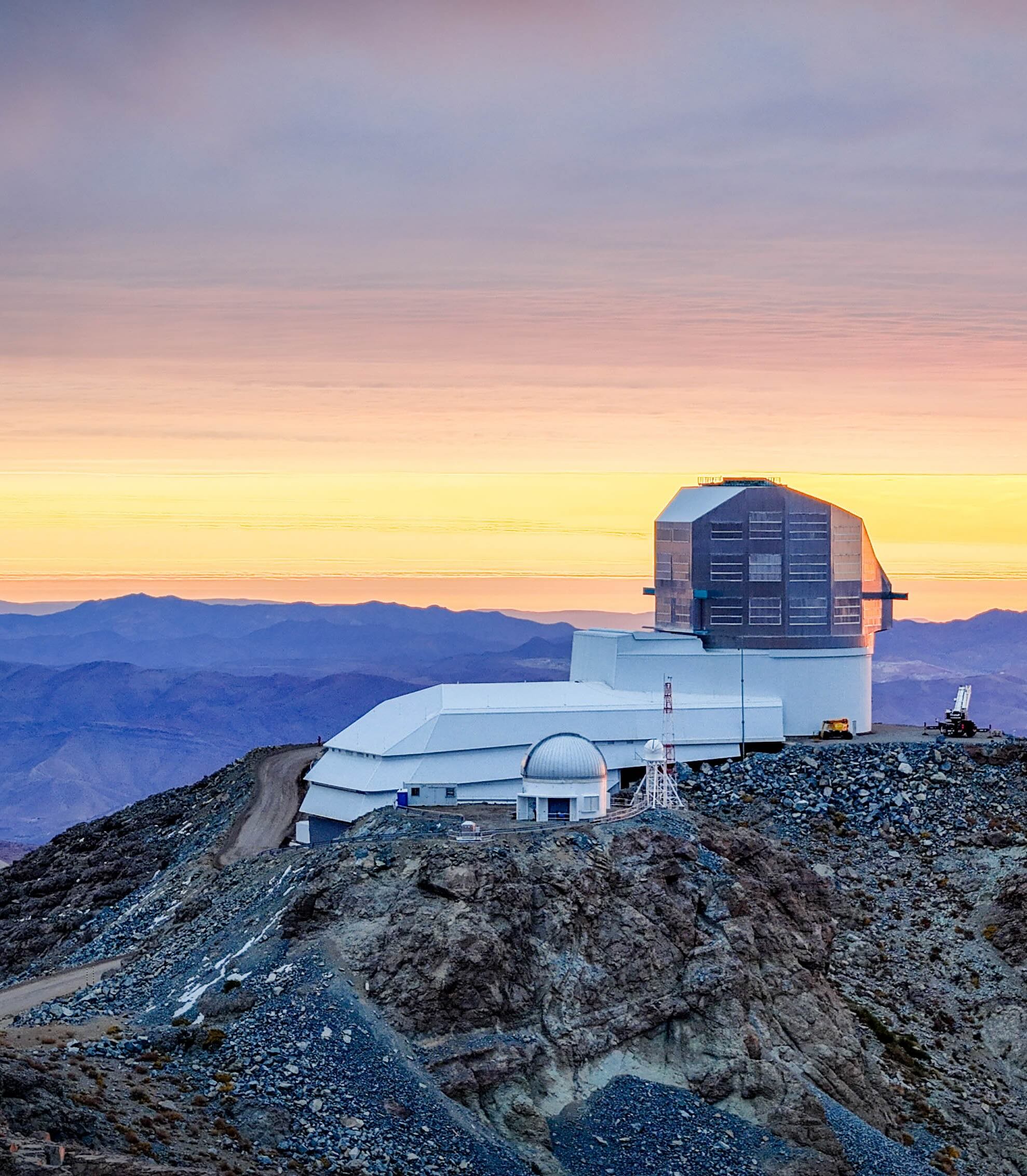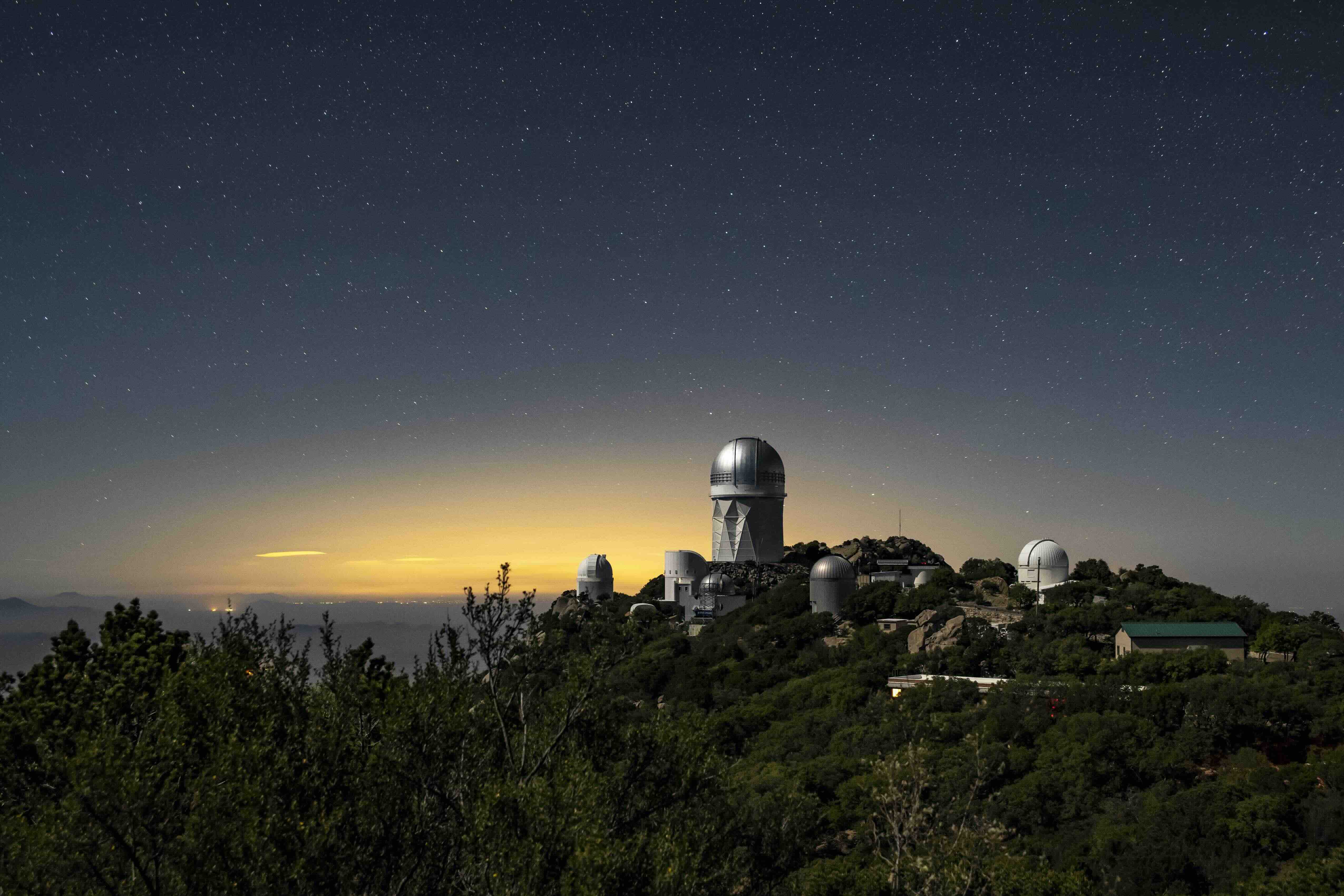Jared Siegel
Princeton Astrophysics Graduate Student
NSF Graduate Research Fellow


I am a graduate student in astrophysics at Princeton University. My research focuses on weak lensing cosmology, particularly the measurement of intrinsic alignments and baryonic feedback.

There is no consensus on how baryon feedback shapes the underlying matter distribution from either simulations or observations. We confront the uncertain landscape by jointly analyzing the kinetic Sunyaev-Zeldovich effect measurements, X-ray gas masses, and galaxy-galaxy lensing.
With Alex Amon, Ian McCarthy, Leah Bigwood, Masa Yamamoto, and the FLAMINGO team.

Intrinsic alignments are a limiting systematic for cosmic shear studies. We make direct measurements of intrinsic alignments using spectroscopy from the first year of the DESI Survey and imaging from four lensing surveys: DES, HSC, KiDS, and SDSS. These measurements will inform novel modeling of intrinsic alignments for cosmic shear and the optimal selection of blue weakly aligned galaxies.
With Alex Amon, Benjamin Joachimi, Jamie McCullough, Niall Jeffrey, and the DESI collaboration.
